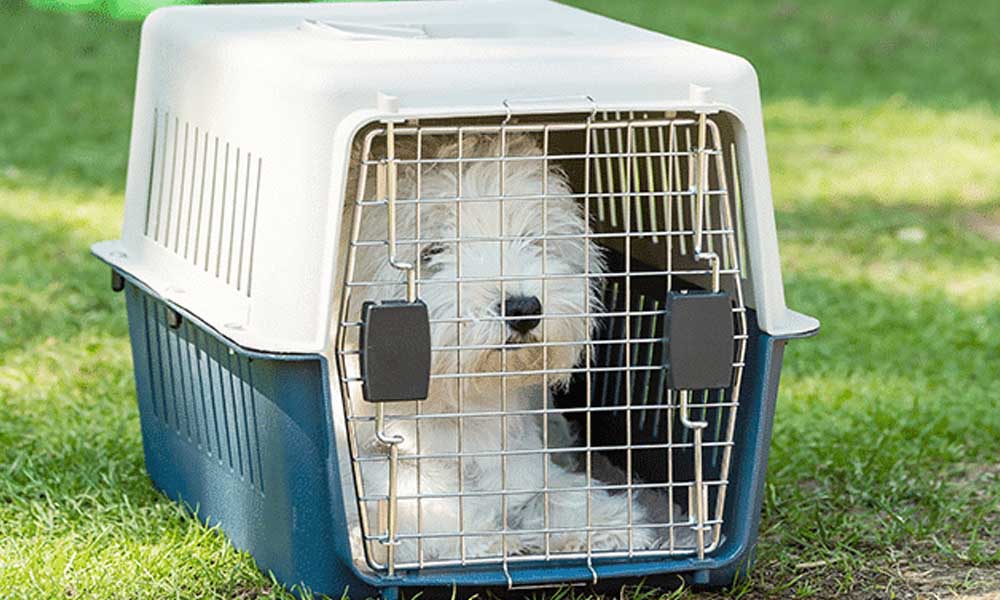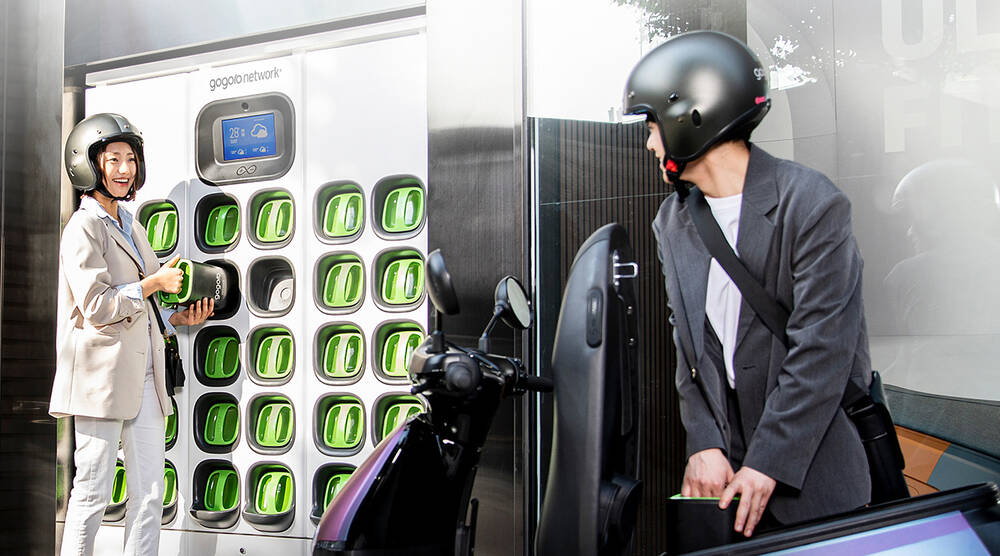Ensuring the safety of your pet during travels is
also an assurance of the safety of all passengers
When planning your travels by car, it’s crucial to prioritize the safety and comfort of your beloved pet. Letting the cat roam in the car, the dog to move about between the front and rear seats of the rabbit to lay on the floor and hide under the seat space are all dangerous to both pet, passengers and especially to riders.
As a fur parent, to me the default is to leave our fur babies at home, where they can be wait it out for our return. Nothing is more adorable than our pup (or dog) run towards our direction when we arrive. Even if it is often best for them to stay at home with proper care, if you’ve decided to bring them along, for a short grocery trip or to visit the vet (a must) or a walk in the park here is a compilation of tips from the Humane Society of the United States, and the American Society for the Prevention of Cruelty to Animals (ASPCA) to ensure a safe and low-stress trip for our fur babies.
Securing out pets: always in the second or third rows
- Secure your dog in a crate: Use a crate that is properly anchored to the car using a seat belt or secure fastening. This prevents your dog from roaming freely and causing distractions while you drive. Here is a general guide for your dog depending on its size and breed. Here is a breakdown of different sizes of crates, coming from the Masterclass website along with examples of the dog types compatible for each.
- Extra small dog crate: This crate fits dogs about eighteen to twenty-two inches long that weigh ten pounds or less. Small breeds like the Chihuahua, Maltese, Papillon, Pomeranian, Shih Tzu, and Yorkshire Terrier will fit in this crate size.
- Small dog crate: This crate size is ideal for dogs about twenty-four inches long that weigh between ten to twenty-five pounds. Dog breeds that typically fall in this size and weight range include the Bichon Frise, Boston Terrier, Cavalier King Charles Spaniel, Dachshund, Jack Russell Terrier, Lhasa Apso, Miniature Poodle, Miniature Schnauzer, and Pug.
- Medium dog crate: A medium crate is for dogs about thirty inches long, weighing between twenty-five to forty pounds. This dog crate is suitable for medium-sized breeds like the Beagle, Cocker Spaniel, French Bulldog, Shetland Sheepdog, Tibetan Terrier, and Welsh Corgi.
- Large dog crate: A large crate is ideal for dog breeds about thirty-six inches long, weighing between forty to seventy pounds. A large dog crate is perfect for large breeds like the American Pit Bull Terrier, Basset Hound, Border Collie, Chinese Shar-Pei, Goldendoodle, English Setter, and Siberian Husky.
- Extra-large dog crate: An extra-large crate fits dogs about forty-two inches long that weigh between seventy to ninety pounds. This crate size is good for dog breeds like the Boxer, Labrador Retriever, German Shepherd, Golden Retriever, Greyhound, Irish Setter, and Rhodesian Ridgeback.
- XXL dog crate: An XXL crate fits dogs about forty-eight inches long that weigh ninety pounds or more. Use this heavy-duty type of crate for the largest dog breeds, including the Bernese Mountain Dog, Great Dane, Mastiff, Rottweiler, and Saint Bernard.
- Cats (and rabbits) belong in carriers: Most cats are not comfortable traveling in cars, so it’s important to keep them in a carrier. Ensure the carrier is securely restrained to avoid bouncing and potential harm to your cat. Use a seat belt to secure the carrier in place.
-

Cute yes. Dangerous too. (Photo from pets2fly.com) Keep your pet in the back seat: To prevent injuries from airbag deployment, always place your pet in the back seat of the car. Even when in a crate, the force of an airbag can be dangerous for them. On this note, if you have a pick-up never, under any circumstance, punish your dog or cat by putting them in the cargo bed. They are susceptible to distractions, barking and vulnerable to the weather in that cargo bed of pick up. So, no to the cargo bed, even in a cage.
- Heads inside, please: Dogs and cats should never be allowed to stick their heads out of car windows. Cold (or warm) air forced into their lungs can cause injuries or illness. They can also be susceptible to road debris like rocks, twigs, small metal objects. It may look romantic in the movies, but improperly done is risky to both you and your dog (or cat). The ASPCA said cats are particularly vulnerable because of their ability to squeeze into tight spaces. There have been recorded cases where cats contort themselves to get out of a thin window opening and jump out of a moving vehicle.
- Take regular rest stops: Make frequent stops to allow your pet to exercise, eliminate, and stretch their legs. However, never let them leave the car without a collar, ID tag, and leash to prevent any potential escape.

This is Bourbon (aka Bonbon) resting while I was trying to make this article. We just came from a 5 kilometer drive. - Travel with a companion: Whenever possible, share the driving and pet caretaking responsibilities with a trusted friend or family member. This allows you to take breaks while ensuring someone is looking after your pets.
- Never leave your pet unattended: Even a short pit stop can be dangerous if you leave your pet alone in the car. Heatstroke is a serious risk, as temperatures inside a car can rise rapidly. Within an hour, the temperature can reach life-threatening levels, causing irreversible organ damage or death.
By following these tips, you can ensure a safe and comfortable journey for both you and your furry companion. Prioritizing their well-being will make traveling together a more enjoyable experience.






